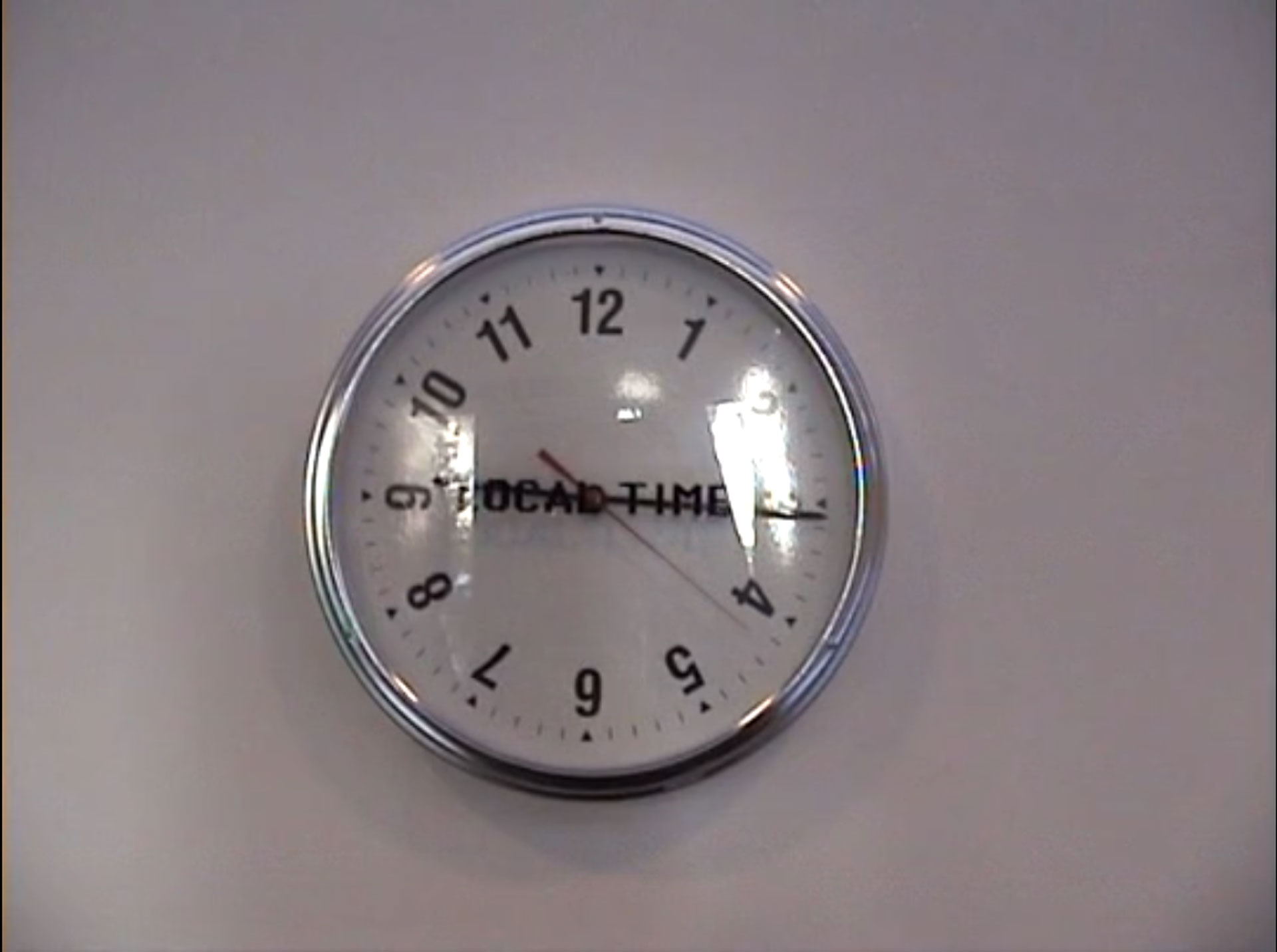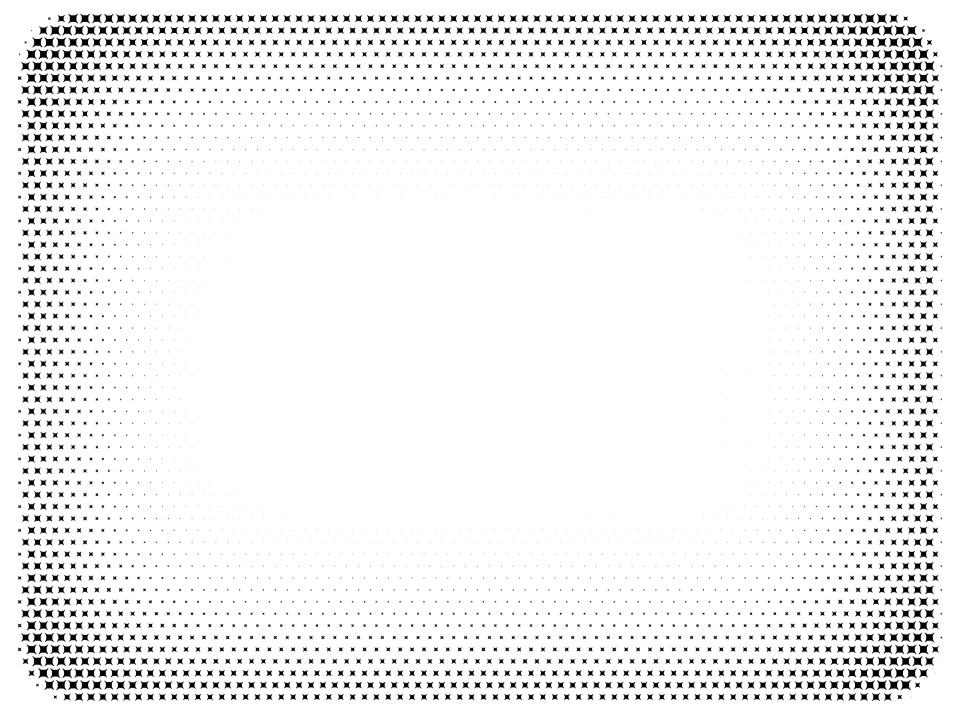Cursif
Renée Levi

Renée Levi, exhibition view Cursif, Centre d’art contemporain d’Ivry – le Crédac, 2011 Liestal 2, 2010, 330 × 450 cm, acrylic on cotton, Courtesy Kunsthalle Palazzo Liestal © Photo : André Morin / le Crédac

Renée Levi, exhibition view Cursif, Centre d’art contemporain d’Ivry – le Crédac, 2011 Liestal 2, 2010, 330 × 450 cm, acrylic on cotton, Courtesy Kunsthalle Palazzo Liestal © Photo : André Morin / le Crédac

Renée Levi, exhibition view Cursif, Centre d’art contemporain d’Ivry – le Crédac, 2011 © Photo : André Morin / le Crédac

Renée Levi, exhibition view Cursif, Centre d’art contemporain d’Ivry – le Crédac, 2011 Paradiesrain, 2003-2010, Lambda print under diasec, 30 × 40 cm, Edition Galerie de Multiples, Paris © Photo : André Morin / le Crédac

Renée Levi, exhibition view Cursif, Centre d’art contemporain d’Ivry – le Crédac, 2011 © Photo : André Morin / le Crédac

Renée Levi, exhibition view Cursif, Centre d’art contemporain d’Ivry – le Crédac, 2011 Ivry (3), 2010, 280 × 680 cm on two canvases, acrylic on linen Ivry (1), 2010, 280 × 680 cm on two canvases, acrylic on linen © Photo : André Morin / le Crédac

Renée Levi, exhibition view Cursif, Centre d’art contemporain d’Ivry – le Crédac, 2011 Ivry (2), 2010, 280 × 680 cm on two canvases, acrylic on linen Ivry (4), 2011, 400 × 320 cm, acrylic on cotton © Photo : André Morin / le Crédac

Renée Levi, exhibition view Cursif, Centre d’art contemporain d’Ivry – le Crédac, 2011 Ivry (2), 2010, 280 × 680 cm on two canvases, acrylic on linen Ivry (4), 2011, 400 × 320 cm, acrylic on cotton © Photo : André Morin / le Crédac

Renée Levi, exhibition view Cursif, Centre d’art contemporain d’Ivry – le Crédac, 2011 Ivry (4), 2011, 400 × 320 cm, acrylic on cotton © Photo : André Morin / le Crédac









Renée Levi’s work, powerful and intense, has always drawn my attention and captured my interest with each new manifestation. She is one of those artists whose output makes it possible to broaden and vigorously redefine the field of artistic expression, specifically the field of painting, with respect to what she does.
Levi has long been known through her trademark spray paint, which she used either directly on the wall or on canvases; it is a painting that comes in fresco-like formats, where gesture had the appearance of writing, cursive crossing-out, scratches, even nervous deletions.
From the very start of her career, space has played a central role in her work. She devised pieces that opened out to viewers’ (mental and/or physical) space and thus modified their own perception. The size of the format wasn’t chosen in order to impose a form of authority. It was rather the space in question that suggested it.
Today, having mounted numerous shows, including important retrospectives, Levi is pushing her painting towards new horizons by renewing gesture and the tools she employs. She continues to cultivate an interest in abstraction, a question that remains quite open, as she sees it.
Levi is currently showing her latest work at Crédac. Since 2008 spray paint has given way to other tools for applying pigments, and the bright fluorescent colors have been replaced by other ranges of color, as in this show, which features white, black and blue. Where the projected powder of spray paint was more unstable, and the outlines and edges of the drawing were elusive, Levi now prepares her pigments and has renewed her contact with the depth of brush painting. Working directly on the walls has disappeared in favor of frame-mounted canvases, though in this instance in very large formats located in the space. What persists in her output and remains a priority is the movement of viewers from one work to the next, the same petering out of the materials determining the end of both the gesture and the space. What I also find exciting in her work is the presence of elementary signs that have been carried by the collective memory since time immemorial and which underscore the energies at play—fundamental, original signs and gestures.
The show is entitled Cursif (Cursive, in English), which means traced or drawn by hand and is related to course, coursing, speed, in writing and reading, suggesting a quick, brief, swift, imperative nature. In German kursiv means “italics.”
Also on display are small drawings contained between two sheets of Plexiglas, placed in dialog with the large canvases bearing the marks of the artist’s gesture. These little treasures, anonymous only yesterday and now signed with a significant “ée” within their margins, are in fact trial doodles gleaned from stationary shops. A contrario, the notebooks that have also been gathered are shown as they are, untouched by the artist. These personal drawings, distractedly worked out on the paper with no other intention than to test a writing instrument, display the tentative, the instinctive and the primitive. They are a part of the visual inspiration of the artist, who recognizes in them the moment when nothing is calculated and the human being is embodied. Analyzing Levi’s body of work, Christian Bernard1 once characterized it as “drawn painting.” It is within this question of line and drawing that Cursif, an important step in the explorations of this Swiss artist, is located and imagined, and plays out. It asserts that for Levi the little ink tests, gleaned and chosen, selected and signed, and now put on display, have as much value as her paintings. It raises once again the question of signature and choices consciously made. Each picture, each drawing, each color is thus a site, a locus.
In contrast to her painting, Levi has also put three photographed images on display. There is first an image of the exhibition invitation, where the artist is hidden behind the curtain of her hair. Then a photograph of the top of Levi’s skull is featured in the public space in front of Crédac in the format of an advertising poster. Finally the third image is located inside the exhibition in the Crédac’s small gallery, at the very same place it was displayed last June during the multiples show entitled Le Carillon de Big Ben. In this image Levi, with the sun in her eyes, is seen standing before a dumpster containing the remains of a destroyed installation.
Video(s)
Film of the exhibition © Claire Le Restif / le Crédac
Artist biography
-
Born in 1960 in Istanbul, Turkey.
Lives and works in Basel, Switzerland.
Partnerships
Pro Helvetia
Drawing Now le Parcours
Media partnership : Kaléidoscope, Le Journal des Arts, artnet.fr, M19


